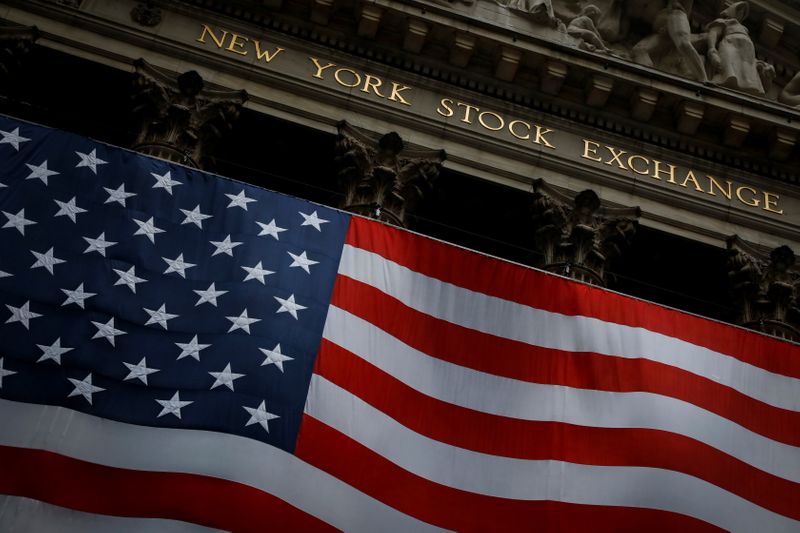(Reuters) – U.S. stock index futures jumped in late trading on Thursday after a report of promising early data related to a potential COVID-19 treatment from Gilead Sciences and as guidelines for re-opening the U.S. economy came from the White House.
S&P 500 e-minis <EScv1> were last up 3.2% while the SPDR S&P 500 exchange-traded fund <SPY.P> surged 3%.
Early data from two mid-stage clinical trials testing Gilead Science Inc’s <GILD.O> antiviral medicine, remdesivir, in severe COVID-19 patients showed rapid recoveries in fever and respiratory symptoms, according to a report from Stat, a science journalism Web site. Its shares were up about 14% after the bell.
“The Gilead news is important because it would diminish some of the downside risk of infection,” said Jack Ablin, Chief Investment Officer at Cresset Wealth Advisors in Chicago. “Having this Gilead treatment could perhaps address the downside of getting the virus, make it less severe.”
Also boosting sentiment after hours was President Donald Trump’s guidelines that revealed a three-phase plan that could allow some states to begin as early as this month lifting limits meant to contain the disease’s spread.
“We’re looking for more definition on reopening the economy sooner rather than later, more rather than less,” said Stephen Massocca, senior vice president at Wedbush Securities in San Francisco.
“I think people sense the economy is restarting, and some voices that have been urging greater caution are going to get overruled.”
Earlier, the shutdown in New York was extended until May 15, even as coronavirus-related hospitalizations and deaths fell to their lowest in more than a week, adding to evidence the hardest-hit state was controlling the virus’ spread.
Stocks ended the regular session higher as Amazon.com Inc <AMZN.O> and Netflix Inc <NFLX.O> surged to record highs, with sweeping stay-at-home orders driving demand for online streaming services and home delivery of goods.
But trading was choppy during the day as investors worried about the impact of the coronavirus pandemic on first-quarter earnings. First-quarter earnings kicked off this week, with U.S. banks preparing for a wave of future loan defaults following a halt in business activity.
The Dow Jones Industrial Average <.DJI> rose 33.33 points, or 0.14%, to 23,537.68, the S&P 500 <.SPX> gained 16.19 points, or 0.58%, to 2,799.55 and the Nasdaq Composite <.IXIC> added 139.19 points, or 1.66%, to 8,532.36.
Analysts estimate earnings for S&P 500 companies slumped 12.8% in the quarter, which would be the biggest year-over-year quarterly decline since the financial crisis.
Data showed jobless claims fell slightly to 5.2 million last week from an upwardly revised 6.62 million the previous week. But the total figure for the past month still topped a stunning 20 million.
Economists polled by Reuters had estimated 5.1 million jobless claims for the week ended April 11.
Morgan Stanley <MS.N> wrapped up earnings for the big U.S. lenders, reporting a plunge in quarterly profit as its advisory and wealth management businesses took a hit from the economic fallout of the pandemic. Its shares ended down slightly.
Shares of Boeing Co <BA.N> fell 8%, limiting gains in the Dow, as its European rival Airbus <AIR.PA> said it was examining requests to defer deliveries after a collapse in travel demand.
Volume on U.S. exchanges was 11.62 billion shares, compared to the 13.94 billion average for the full session over the last 20 trading days.
Declining issues outnumbered advancing ones on the NYSE by a 1.59-to-1 ratio; on Nasdaq, a 1.23-to-1 ratio favored decliners.
The S&P 500 posted 14 new 52-week highs and 1 new low; the Nasdaq Composite recorded 44 new highs and 62 new lows.
(Additional reporting by Medha Singh and Akanksha Rana in Bengaluru; Editing by Dan Grebler, Will Dunham and Bill Berkrot)

























